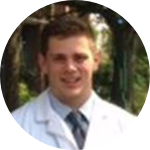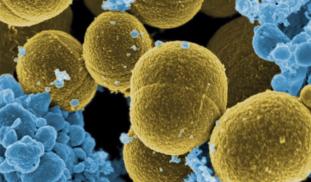Please wait...
About This Project
Sepsis is a life-threatening condition in which the body's immune response to infection injures its own tissues and organs. It is the number one cause of death in the critical care unit. To provide more effective treatment, it is crucial that we understand which cells and signals play a role in the immune response to infectious stimuli in sepsis. Our research is furthering this understanding and utilizing these findings to identify new treatments.
More Lab Notes From This Project

Browse Other Projects on Experiment
Related Projects
Toward ethical and affordable antivenom solutions: Can anti-toxin be animal cruelty-free?
Snakebite envenoming causes over 100,000 deaths annually, yet current antivenoms depend on animal plasma...
Microplastics: Can engineered enzymes remove microplastics from the human body?
Polyethylene terephthalate (PET) microplastics have been detected in human blood and tissues, and linked...
Shutting down cancer’s recycling system with exosome-based therapy
Pancreatic cancer is one of the deadliest cancers because its cells survive by recycling their own components...





